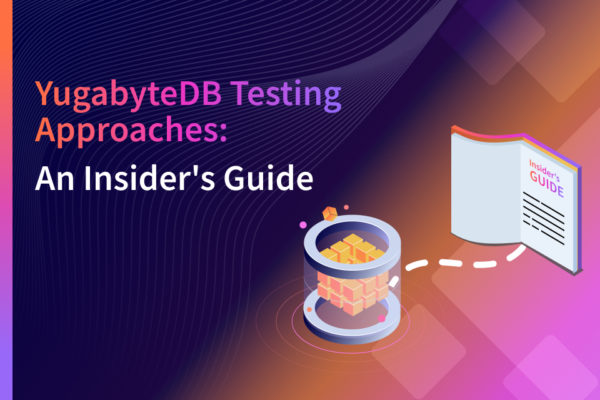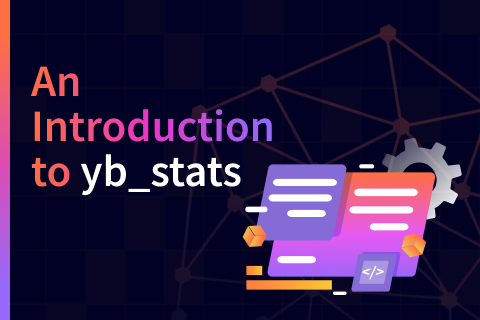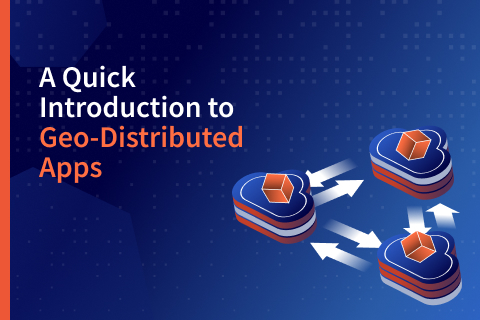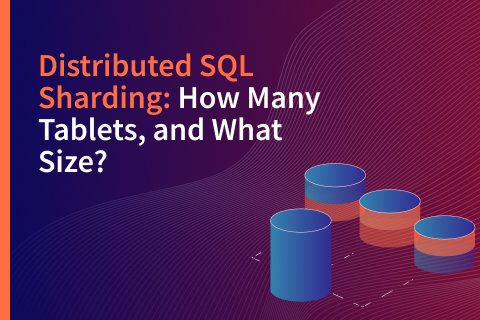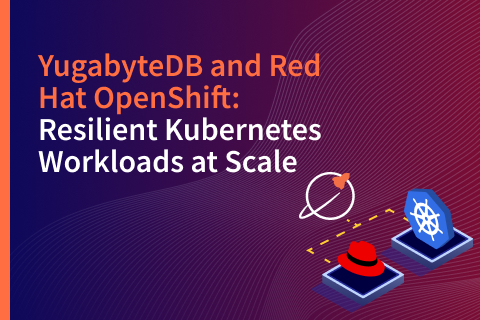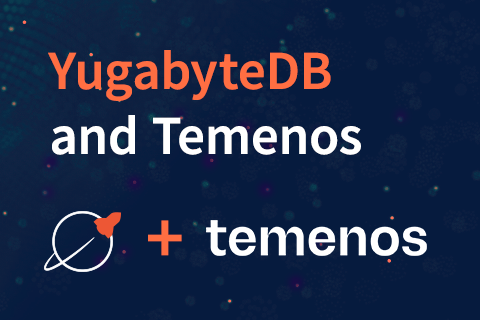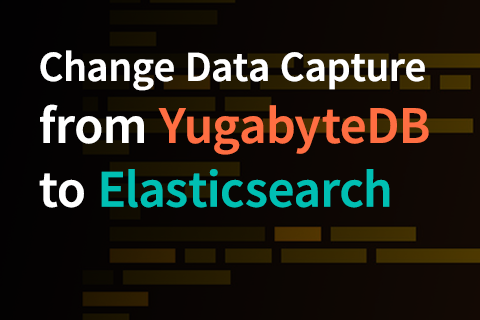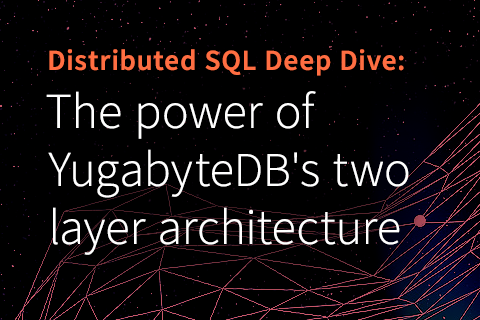In Java development, garbage collection is a routine task. Applications generate garbage all the time. And that garbage is meticulously cleaned out by CMS, G1, Azul C4 and other types of collectors. Basically, our applications are born to bring value to this world, but nothing is perfect—including our applications that leave litter in the Java heap.
However, the story doesn’t end with the Java heap. In fact, it only starts there. Let’s take the example of a basic Java application that uses a relational database—such as PostgreSQL—and solid state drives (SSDs) as a storage device.
…
